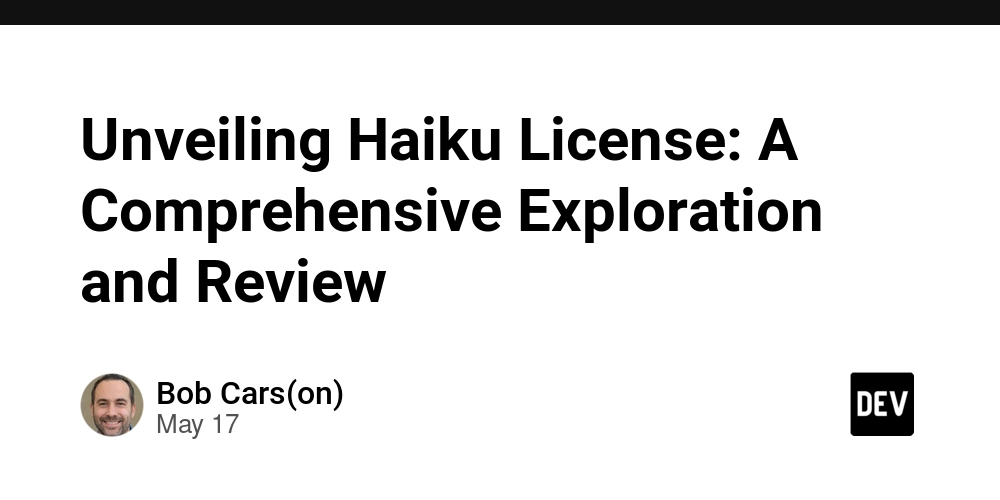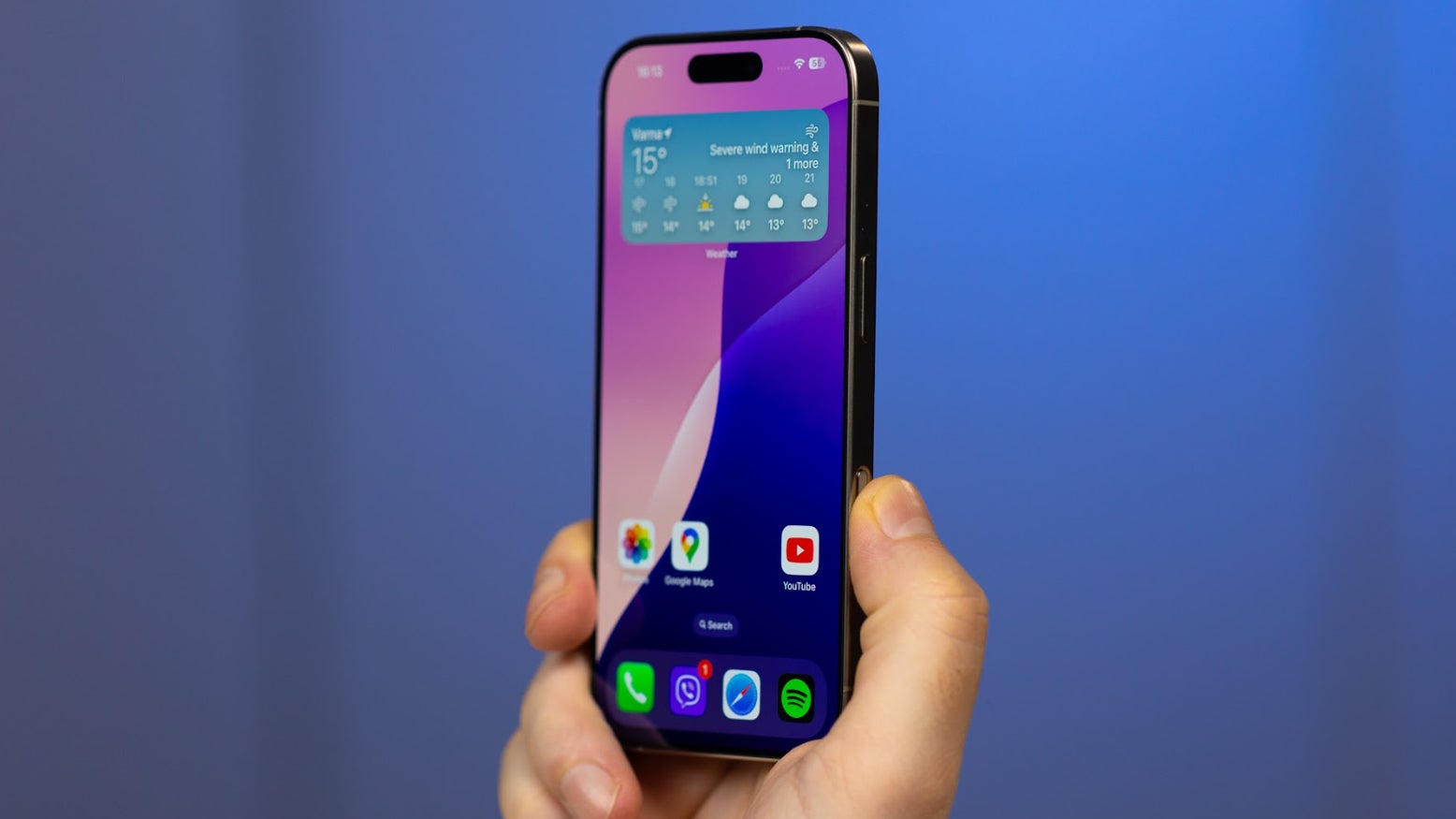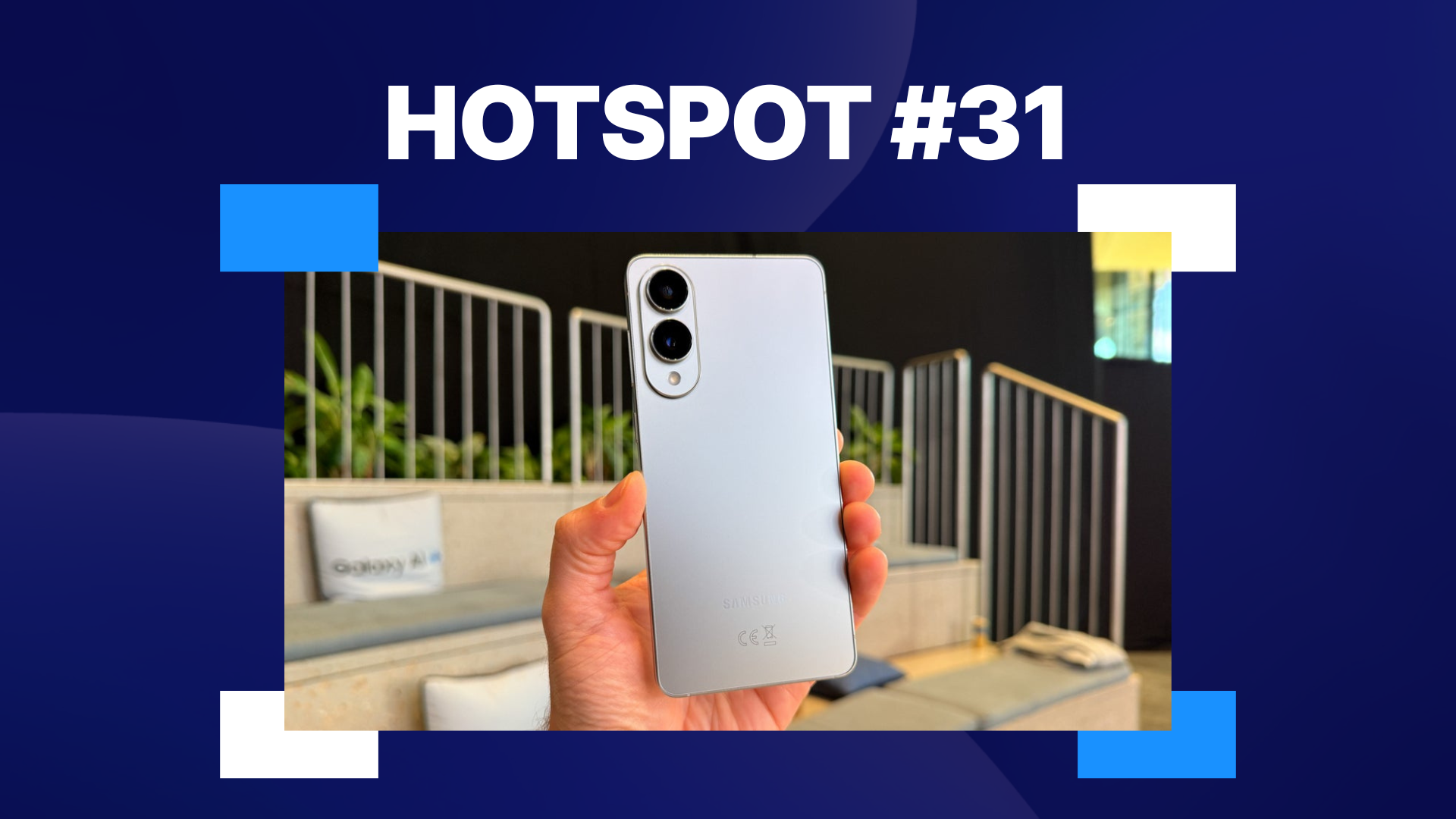How to Use AI to Build Your Own Web App
Remember when building a web app required months of coding, a team of developers, and a hefty budget? Those days are quickly becoming ancient history. Thanks to AI-powered tools, anyone can now create functional, professional web applications without writing a single line of code. Whether you're an entrepreneur with a brilliant idea, a marketer needing a custom landing page, or a small business owner wanting to digitize your operations, AI web app builders have transformed what's possible. In this guide, we'll explore how you can leverage artificial intelligence to bring your web app idea to life, even if you've never coded before. The AI Web App Revolution The landscape of web development has dramatically shifted in recent years. Advanced AI now powers tools that can understand your intentions, generate code, and help you design complete applications through natural language instructions or simple visual interfaces. This revolution means web development is no longer exclusive to those with technical backgrounds. AI handles the hard parts, from database structure to user authentication, responsive design, and backend logic, while you focus on your ideas and what your app should accomplish. For many founders and creators, this shift has compressed the development timeline from months to days or even hours, allowing rapid experimentation and iteration without massive investment. Top AI-Powered Web App Builders in 2025 Bubble.io Bubble.io combines visual development with AI assistance to create a powerful platform for building complex web applications. While not purely AI-driven, Bubble has integrated AI features throughout its platform to assist with design decisions, workflow creation, and troubleshooting. The platform's strength lies in its flexibility, you can create nearly any type of web application, from marketplaces and social networks to SaaS products. Bubble's database capabilities, conditional logic, and extensive plugin ecosystem make it suitable for apps that need sophisticated functionality. Bubble works well for those who want some control over the development process while still benefiting from AI assistance. Its visual editor gives you a clear view of your app's structure, making it easier to understand how different elements work together. Instance Instance has emerged as a new competitor in conversational AI app development. What makes Instance special is its approach to creating web apps, you simply describe what you want in natural language, and the AI translates your descriptions into functional code. With Instance, you can create everything from e-commerce platforms to booking systems, portfolios, and interactive tools without touching a line of code. The platform handles both frontend and backend aspects, allowing you to focus entirely on your app's purpose and features. Instance particularly shines for creative professionals and non-technical founders who have clear visions but lack coding skills. Its growing community of creators also provides inspiration and examples of what's possible with the platform. Webflow with AI Webflow has traditionally been known for its powerful visual web design capabilities, but the addition of AI features has transformed it into a genuine app building platform. Webflow's AI now helps with everything from generating layouts and content to suggesting interaction designs and animations. While more focused on frontend experiences than heavy backend processing, Webflow excels at creating visually stunning, interactive web apps with moderate complexity. The platform shines for design-focused projects where user experience and visual appeal are paramount. Designers who are familiar with tools like Figma or Adobe XD will find Webflow's interface intuitive, now enhanced with AI to accelerate the development process. Glide Glide has pioneered a unique approach to AI-assisted app creation by turning spreadsheets into functional web apps. This makes it particularly valuable for data-driven applications. The platform connects to data sources like Google Sheets, Excel, or Airtable, then uses AI to suggest appropriate layouts, components, and interactions based on your data structure. Recent AI enhancements can even help optimize your data model and suggest features based on similar apps. Glide excels for internal tools, dashboards, directories, and simple CRM systems. If your app concept revolves around organizing, displaying, or collecting data, Glide's spreadsheet-centric approach offers a natural fit with an extremely shallow learning curve. Replit with AI Replit takes a different approach by making actual coding more accessible through AI assistance. While not strictly a no-code tool, Replit's "Ghost Writer" AI feature has dramatically lowered the barrier to writing code. You can describe what you want in natural language, and the AI will generate the necessary code, ex

Remember when building a web app required months of coding, a team of developers, and a hefty budget? Those days are quickly becoming ancient history. Thanks to AI-powered tools, anyone can now create functional, professional web applications without writing a single line of code. Whether you're an entrepreneur with a brilliant idea, a marketer needing a custom landing page, or a small business owner wanting to digitize your operations, AI web app builders have transformed what's possible.
In this guide, we'll explore how you can leverage artificial intelligence to bring your web app idea to life, even if you've never coded before.
The AI Web App Revolution
The landscape of web development has dramatically shifted in recent years. Advanced AI now powers tools that can understand your intentions, generate code, and help you design complete applications through natural language instructions or simple visual interfaces.
This revolution means web development is no longer exclusive to those with technical backgrounds. AI handles the hard parts, from database structure to user authentication, responsive design, and backend logic, while you focus on your ideas and what your app should accomplish.
For many founders and creators, this shift has compressed the development timeline from months to days or even hours, allowing rapid experimentation and iteration without massive investment.
Top AI-Powered Web App Builders in 2025
Bubble.io
Bubble.io combines visual development with AI assistance to create a powerful platform for building complex web applications. While not purely AI-driven, Bubble has integrated AI features throughout its platform to assist with design decisions, workflow creation, and troubleshooting.
The platform's strength lies in its flexibility, you can create nearly any type of web application, from marketplaces and social networks to SaaS products. Bubble's database capabilities, conditional logic, and extensive plugin ecosystem make it suitable for apps that need sophisticated functionality.
Bubble works well for those who want some control over the development process while still benefiting from AI assistance. Its visual editor gives you a clear view of your app's structure, making it easier to understand how different elements work together.
Instance
Instance has emerged as a new competitor in conversational AI app development. What makes Instance special is its approach to creating web apps, you simply describe what you want in natural language, and the AI translates your descriptions into functional code.
With Instance, you can create everything from e-commerce platforms to booking systems, portfolios, and interactive tools without touching a line of code. The platform handles both frontend and backend aspects, allowing you to focus entirely on your app's purpose and features.
Instance particularly shines for creative professionals and non-technical founders who have clear visions but lack coding skills. Its growing community of creators also provides inspiration and examples of what's possible with the platform.
Webflow with AI
Webflow has traditionally been known for its powerful visual web design capabilities, but the addition of AI features has transformed it into a genuine app building platform.
Webflow's AI now helps with everything from generating layouts and content to suggesting interaction designs and animations. While more focused on frontend experiences than heavy backend processing, Webflow excels at creating visually stunning, interactive web apps with moderate complexity.
The platform shines for design-focused projects where user experience and visual appeal are paramount. Designers who are familiar with tools like Figma or Adobe XD will find Webflow's interface intuitive, now enhanced with AI to accelerate the development process.
Glide
Glide has pioneered a unique approach to AI-assisted app creation by turning spreadsheets into functional web apps. This makes it particularly valuable for data-driven applications.
The platform connects to data sources like Google Sheets, Excel, or Airtable, then uses AI to suggest appropriate layouts, components, and interactions based on your data structure. Recent AI enhancements can even help optimize your data model and suggest features based on similar apps.
Glide excels for internal tools, dashboards, directories, and simple CRM systems. If your app concept revolves around organizing, displaying, or collecting data, Glide's spreadsheet-centric approach offers a natural fit with an extremely shallow learning curve.
Replit with AI
Replit takes a different approach by making actual coding more accessible through AI assistance. While not strictly a no-code tool, Replit's "Ghost Writer" AI feature has dramatically lowered the barrier to writing code.
You can describe what you want in natural language, and the AI will generate the necessary code, explain how it works, and help you modify it. This makes Replit an excellent option for those who want to learn coding while building their app, or who need custom functionality that purely visual builders might struggle with.
Replit is perfect for technically curious users who want to understand what's happening "under the hood" of their application while still leveraging AI to avoid the steepest parts of the learning curve.
How to Build Your First AI-Powered Web App
Step 1: Define Your App's Purpose and Features
Before diving into any platform, take time to clearly articulate what your app should do. What problem does it solve? Who will use it? What core features are essential for the first version?
This clarity will make it much easier to communicate your intentions to AI tools. Start with a simple list of must-have features, then prioritize them. For your first app, focus on core functionality rather than nice-to-have elements that can be added later.
Step 2: Choose the Right AI Platform
Based on your app's requirements, select the platform that best aligns with your needs:
For purely conversational development with minimal technical involvement, Instance.so may be your best bet.
If you need data-driven functionality built on existing spreadsheets, Glide offers the most straightforward path.
When visual design and branding are critical, Webflow with AI will give you the most control over aesthetics.
For complex applications with custom logic and workflows, Bubble.io provides the right balance of AI assistance and flexibility.
If you're interested in learning while building, Replit's coding-focused AI approach might be most rewarding.
Step 3: Start With a Template or Example
Most AI platforms offer templates or example apps that can jumpstart your development. Starting from a template that resembles your vision can save hours of work and help you understand how different components fit together.
Look through the template galleries on your chosen platform and find something that approximates your goal. You can then modify and expand rather than building from scratch—a significant advantage of AI-assisted development.
Step 4: Leverage AI for Design and Structure
Once you've selected a starting point, use the platform's AI capabilities to refine the design and structure. Describe what you want changed, and let the AI suggest modifications or implement them directly.
Be conversational with AI assistants, they work best when you provide clear context and specific instructions. For example, rather than asking for "a better layout," try "make the product listings appear in a grid with three columns on desktop and one column on mobile."
Step 5: Test, Gather Feedback, and Iterate
The beauty of AI-assisted development is how quickly you can implement changes. Take advantage of this speed by testing early and often. Share your app with potential users, gather feedback, and use the AI to implement improvements.
This rapid iteration cycle, something that would have been prohibitively expensive with traditional development, is where AI truly shines. You can refine your app based on real user behavior rather than assumptions.
Common Challenges and How to Overcome Them
Expressing Technical Concepts to AI
Sometimes you'll have a clear idea but struggle to express it in terms the AI understands. When this happens, focus on describing the outcome or user experience rather than the implementation details.
Instead of technical terms, use examples: "I want something like Instagram's explore page, but for recipes" gives the AI more context than technical specifications would.
Handling Complex Logic
While AI app builders have become increasingly sophisticated, complex conditional logic or unusual workflows can still present challenges. If you find yourself facing limitations, try breaking the problem down into smaller pieces the AI can handle individually.
Alternatively, platforms like Bubble and Replit allow you to add custom code for specific functions while keeping the rest of the development AI-assisted.
Scaling and Performance
As your app grows in users and complexity, you may encounter performance issues. Most platforms offer optimization suggestions, but you may eventually need to consider a hybrid approach, using AI to build your MVP, then bringing in developers to optimize critical components.
This approach still saves considerable time and money compared to traditional development from scratch.
The Future of AI Web App Development
We're still in the early days of AI-powered development, and capabilities are improving at a staggering pace. Future AI tools will likely offer even more intuitive interfaces, better understand complex requirements, and generate more efficient code.
The distinction between "no-code" and "traditional development" will continue to blur as AI becomes an integral part of all development workflows. Even professional developers now use AI to accelerate their work, suggesting that these tools represent the future of programming rather than a simplified alternative.
Conclusion
Building a web app no longer requires extensive technical knowledge or large investments. AI-powered platforms have democratized web development, making it accessible to entrepreneurs, small business owners, creators, and professionals from all backgrounds.
By choosing the right platform for your needs, clearly defining your goals, and leveraging the strengths of AI assistance, you can transform your ideas into functional web applications in days rather than months.








![Epic Games: Fortnite is offline for Apple devices worldwide after app store rejection [updated]](https://helios-i.mashable.com/imagery/articles/00T6DmFkLaAeJiMZlCJ7eUs/hero-image.fill.size_1200x675.v1747407583.jpg)































































































































































![[The AI Show Episode 146]: Rise of “AI-First” Companies, AI Job Disruption, GPT-4o Update Gets Rolled Back, How Big Consulting Firms Use AI, and Meta AI App](https://www.marketingaiinstitute.com/hubfs/ep%20146%20cover.png)


















































































































































































































































.png?width=1920&height=1920&fit=bounds&quality=70&format=jpg&auto=webp#)























![[Virtual Event] Strategic Security for the Modern Enterprise](https://eu-images.contentstack.com/v3/assets/blt6d90778a997de1cd/blt55e4e7e277520090/653a745a0e92cc040a3e9d7e/Dark_Reading_Logo_VirtualEvent_4C.png?width=1280&auto=webp&quality=80&disable=upscale#)











































































-xl-(1)-xl-xl.jpg)










![How to upgrade the M4 Mac mini SSD and save hundreds [Video]](https://i0.wp.com/9to5mac.com/wp-content/uploads/sites/6/2025/05/M4-Mac-mini-SSD-Upgrade-Tutorial-2TB.jpg?resize=1200%2C628&quality=82&strip=all&ssl=1)
![‘Apple in China’ book argues that the iPhone could be killed overnight [Updated]](https://i0.wp.com/9to5mac.com/wp-content/uploads/sites/6/2025/05/Apple-in-China-review.jpg?resize=1200%2C628&quality=82&strip=all&ssl=1)




![What’s new in Android’s May 2025 Google System Updates [U: 5/16]](https://i0.wp.com/9to5google.com/wp-content/uploads/sites/4/2025/01/google-play-services-1.jpg?resize=1200%2C628&quality=82&strip=all&ssl=1)












![iPhone 17 Air Could Get a Boost From TDK's New Silicon Battery Tech [Report]](https://www.iclarified.com/images/news/97344/97344/97344-640.jpg)
![Vision Pro Owners Say They Regret $3,500 Purchase [WSJ]](https://www.iclarified.com/images/news/97347/97347/97347-640.jpg)
![Apple Showcases 'Magnifier on Mac' and 'Music Haptics' Accessibility Features [Video]](https://www.iclarified.com/images/news/97343/97343/97343-640.jpg)
![Sony WH-1000XM6 Unveiled With Smarter Noise Canceling and Studio-Tuned Sound [Video]](https://www.iclarified.com/images/news/97341/97341/97341-640.jpg)










































![Apple Stops Signing iPadOS 17.7.7 After Reports of App Login Issues [Updated]](https://images.macrumors.com/t/DoYicdwGvOHw-VKkuNvoxYs3pfo=/1920x/article-new/2023/06/ipados-17.jpg)




























